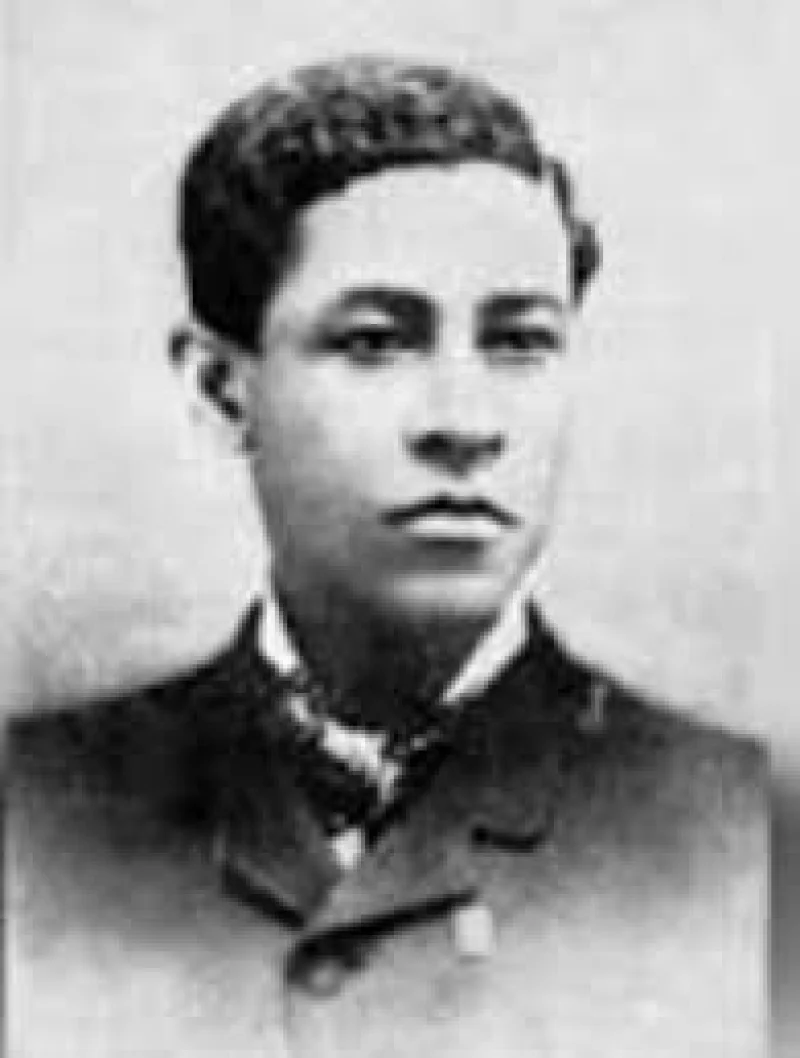Short Summary
John Logie Baird was a Scottish engineer and inventor, best known for being a pioneer in the development of television. His groundbreaking work in the 1920s and 1930s laid the foundations for modern television technology. Baird is celebrated for demonstrating the first working television system and for inventing both the first publicly demonstrated color television system and the first purely electronic color television picture tube.
Early Life & Education
John Logie Baird was born on August 13, 1888, in Helensburgh, Scotland. He was the fourth and youngest child of the Reverend John Baird and Jessie Morrison Inglis. From an early age, he displayed a keen interest in electronics and engineering. He attended Larchfield Academy and then proceeded to the Glasgow and West of Scotland Technical College, now known as the University of Strathclyde. Baird later studied at the University of Glasgow, where his education was interrupted by the outbreak of World War I. His early influences included the scientific advances of his era, which fueled his curiosity and led him to explore the possibilities of transmitting moving images.
Career Highlights
In the 1920s, Baird began experimenting with the transmission of moving pictures. By 1924, he had managed to transmit a flickering image across a few feet. In 1926, he gave the first public demonstration of a working television system in London. This accomplishment marked a significant milestone in his career. In 1928, Baird achieved another breakthrough by demonstrating the first transatlantic television transmission from London to New York. He continued to innovate in the field of television, contributing to the development of color television and stereoscopic television.
Major Achievements
- Demonstrated the first working television system in 1926, laying the groundwork for future developments in broadcasting.
- Conducted the first transatlantic television transmission in 1928, expanding the scope of television technology.
- Invented the first publicly demonstrated color television system in 1928, showcasing the potential for color broadcasts.
- Developed the first purely electronic color television picture tube, advancing the technology of television displays.
Famous Quotes
- "Television will be the theatre in every home."
- "I have done the best I can with the resources available."
Interesting Facts
- Baird's early television experiments were conducted using a tea chest, a biscuit tin, and a bicycle lamp.
- He was the first person to achieve a transatlantic television transmission from London to New York.
- Baird's company, Baird Television Development Company, was responsible for the first televised BBC broadcast.
Legacy / Influence
John Logie Baird's innovations in television technology have had a lasting impact on the broadcasting industry. His pioneering work in both black-and-white and color television set the stage for the development of modern television. The systems and techniques he developed continue to influence television technology and broadcasting standards worldwide, making television an integral part of daily life and culture.
FAQ
Q: Why is John Logie Baird famous?
A: He is famous for being a pioneer in the development of television, including the first working television system and color television innovations.
Q: What was Baird's role in the development of television?
A: He demonstrated the first working television system and invented early color television technologies.
Q: Did Baird work alone on his television experiments?
A: While he had assistance, Baird was primarily responsible for his early groundbreaking work in television technology.













